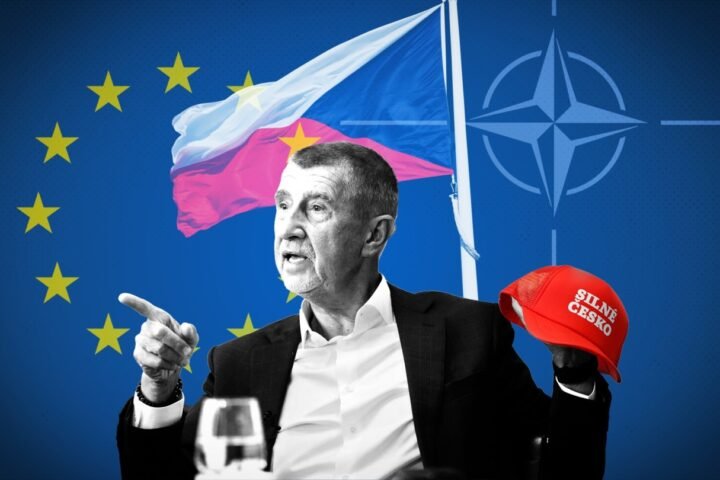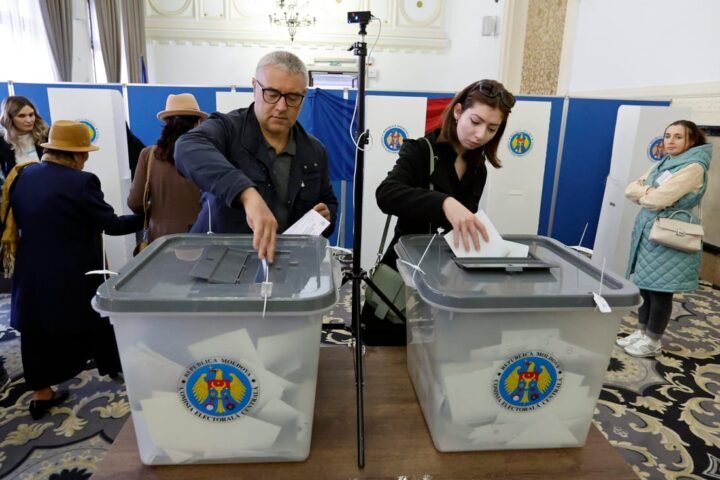A full-scale Russian attack on NATO’s eastern flank could trigger global economic losses of up to $1.5 trillion within the first year, Bloomberg Economics warned in a report published on June 24, 2025. The analysis outlines a realistic and urgent scenario: even a limited Russian offensive in the Baltics, sparked by a hybrid operation in Lithuania or Estonia, could spiral into a wider war with devastating consequences for both global security and the world economy.
The report underscores a stark choice for Western leaders: invest now in deterrence and regional defense, or pay exponentially more when conflict breaks out.
Deterrence now or disaster later
Bloomberg’s scenario planning, detailed in this analysis, is not speculative fiction. It reflects growing concern among military analysts and intelligence agencies that Russia’s sustained military buildup and increasingly aggressive posture point to preparation for potential direct conflict with NATO.
According to the forecast, Russia could use a manufactured pretext—such as sabotage of the Moscow–Kaliningrad rail corridor through Vilnius—to justify military action. This would likely be framed as a “protection” operation for Russian citizens, mirroring tactics used before the 2014 annexation of Crimea.
Should Moscow initiate even a localized assault on the Baltics, Bloomberg projects a 1.3% drop in global GDP—equivalent to $1.5 trillion—within the first 12 months. The report identifies energy chains, transport infrastructure, and financial markets as especially vulnerable to disruption. Losses would multiply if fighting spreads beyond the initial conflict zone.
Ukraine as a frontline buffer
The analysis places Ukraine’s ongoing defense at the center of European and transatlantic security. Without continued military and economic support to Ukraine, experts warn, Russia will remain emboldened and capable of escalating the conflict further westward. “Ukraine is holding the line,” the report stresses—shielding NATO’s eastern flank from direct military confrontation.
Russia’s accelerated production of artillery shells, drones and missiles indicates not only sustained commitment to the war in Ukraine but also capacity-building for wider confrontation. This aligns with Western intelligence assessments that the Kremlin is preparing for a broader challenge to the current security order in Europe.
Military spending and sanctions must scale with the threat
Military planners in the Baltics and across Europe are increasingly vocal about the need for a coordinated NATO response. This includes boosting defense budgets, deploying missile defense systems, and enhancing interoperability among allies. European defense officials warn that a failure to adapt now would leave the region dangerously exposed to sudden escalation.
In parallel, economic pressure remains a critical tool. While Russia is absorbing heavy losses from current sanctions, its rearmament and aggressive rhetoric show no signs of abating. Western leaders are therefore urged not only to uphold sanctions but also to intensify restrictions and pair them with rapid, tangible support to Ukraine’s defense.
The Baltic risk is strategic, not symbolic
The Baltics are more than symbolic targets for the Kremlin. Their small size and geographic vulnerability make them tempting objectives in a military calculus designed to disrupt NATO and undermine European cohesion. A Russian incursion would hand Moscow both a strategic land bridge and a political victory, tilting the balance of power in Eastern Europe.
The message from Bloomberg’s forecast is direct: failing to deter Russia now will cost the West far more later—in lives, in economic stability, and in the survival of the current international order.









